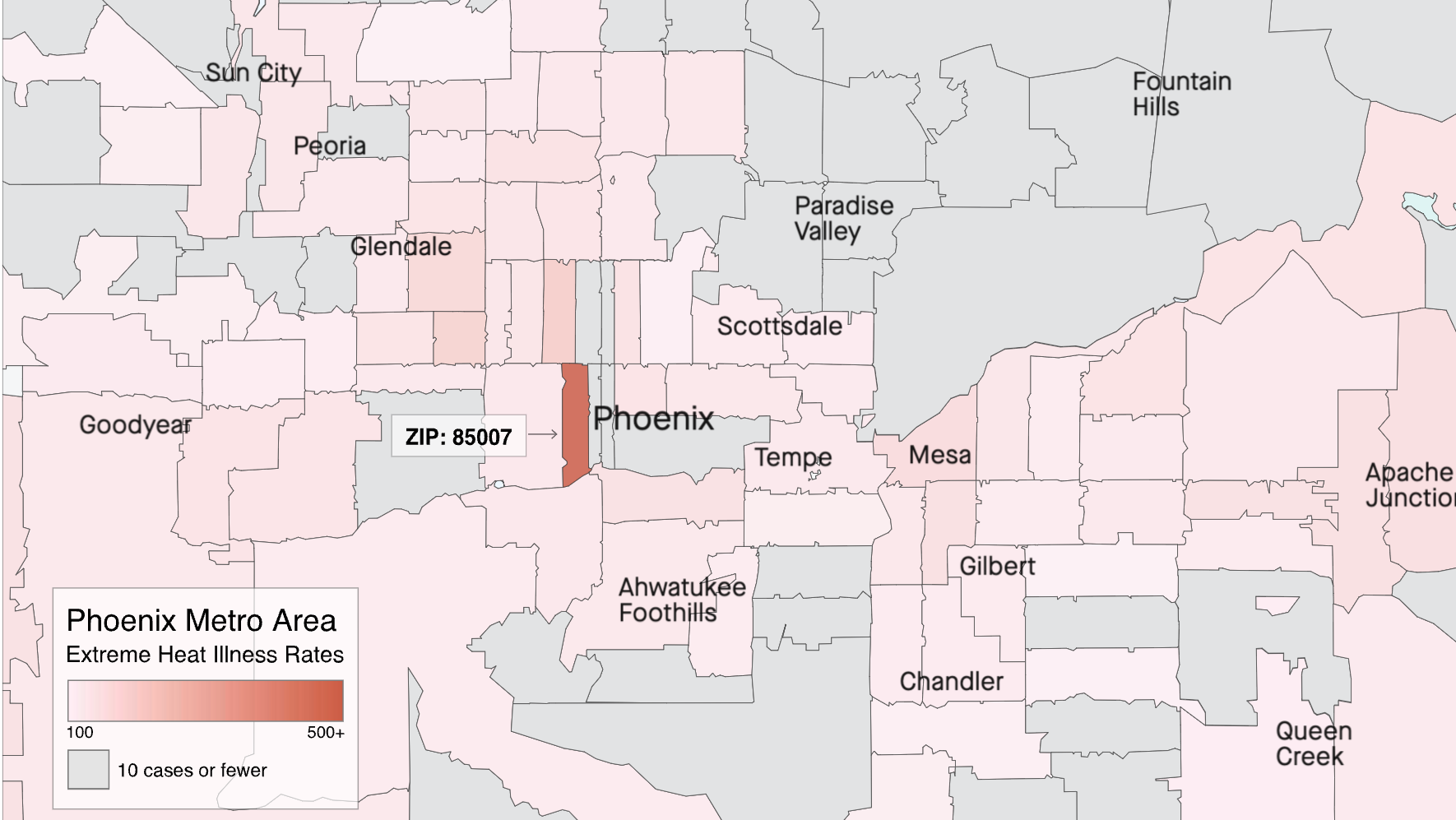Key findings from the Color of Coronavirus, an ongoing analysis of COVID-19's impact on racial and ethnic groups in the U.S.:
Indigenous Americans have the highest crude COVID-19 mortality rates nationwide — about 2.8 times as high as the rate for Asian Americans, who have the lowest crude rates. (And this is likely an undercount of Indigenous deaths.)
Indigenous, Latino, Pacific Islander and Black Americans all have significantly higher COVID-19 mortality rates than either White or Asian Americans once the data are adjusted to account for age distribution differences among racial and ethnic groups.
Nationwide, Latino Americans see the biggest increase when adjusting for age. Strikingly, the Latino crude mortality rate is less than that of White Americans, but the age-adjusted mortality rate is 72% higher than White Americans
Black Americans had the highest mortality rates for the first six months of the pandemic. In 2022, White Americans had the highest crude mortality rate, followed closely by Indigenous Americans.
Age adjusting is a common and important tool that health researchers use when diseases carry varying levels of risk depending on age. In the case of COVID-19, risks are higher for older populations, and racial and ethnic groups in the U.S. have differing proportions of older populations relative to the rest of their populations. As noted by the CDC, “adjusting by age is important because risk of infection, hospitalization, and death is different by age, and age distribution differs by racial and ethnic group. If the effect of age is not accounted for, racial and ethnic disparities can be underestimated or overestimated.”
In April of 2020, the APM Research Lab started collecting race and ethnicity COVID-19 mortality data from states. The lab served as a main source of such data nationally. By the time I joined the organization in 2022, the CDC had started making this state-level data available regularly. I created a new methodology and workflow to use this data instead. Our age adjustment method uses a direct methodology where sufficient data exists, and an indirect method where data is more limited. Where data is extremely limited, age adjustment is not possible. Details of all methods are at the bottom of the APM page and on GitHub. The analysis and graphics are the only source for continuously updated state-level age-adjusted rates that I know of.
In April of 2020, the APM Research Lab started collecting race and ethnicity COVID-19 mortality data from states. The lab served as a main source of such data nationally. By the time I joined the organization in 2022, the CDC had started making this state-level data available regularly. I created a new methodology and workflow to use this data instead. Our age adjustment method uses a direct methodology where sufficient data exists, and an indirect method where data is more limited. Where data is extremely limited, age adjustment is not possible. Details of all methods are at the bottom of the APM page and on GitHub. The analysis and graphics are the only source for continuously updated state-level age-adjusted rates that I know of.
More on this page, updated monthly, and in the archive.




